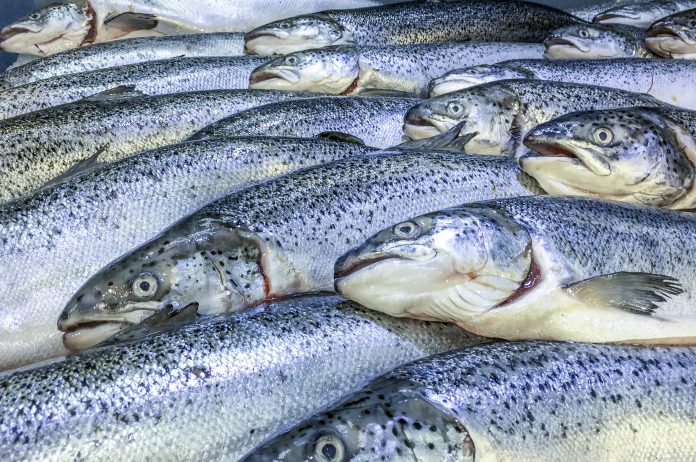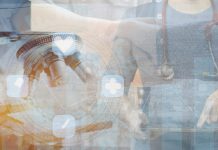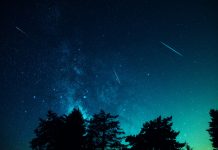Here, we find out about delousing farmed salmon and trout, including the importance of fish welfare in this special oceans focus
Green Sealice Solutions AS is a dedicated service company focused on delousing farmed salmon and trout, at the doorsteps of their home – the pens. The company was founded in 2018 and became operational in August 2019. The company’s vision is to offer superior delousing services, by means of effective and gentle treatment, where competence and knowledge of lice and fish welfare plays an essential role.
Pioneers in lice removal
Keeping lice infestation levels under control throughout the production lifecycle is not only vital to the fish’s welfare, but also to sustain and grow the biomass by having acceptable conditions in fjords for the wild salmon. Sustainable salmon farming relies on effective and environmentally friendly ways to keep lice-levels low and under control.
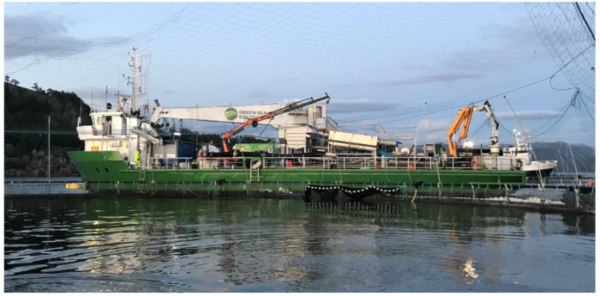
Green Sealice Solutions believes in building strong client relationships by working closely together and proactively seeking more effective and safe ways of working – understanding each farmer’s unique operational requirements. The company is working with farming operators along the coast of Scotland and Norway.
Also, the company strives to become a front-runner in green initiatives by finding better and more eco-friendly, innovative solutions, and is currently working to improve delousing machinery, through its EU Horizon 2020 supported, DeBug Project.
The crew is highly skilled, experienced, and dedicated in all stages of the delousing operation. The first vessel in the fleet, MV SealiceHunter, is engineered to be the perfect tool for delousing at all kinds of fish farms, where vessel flexibility stands out as key. The layout includes up to four crane locations supporting additional operations such as handling of nets, etc., in connection with the gentle and effective lice treatment using the Skamik 1.5 system.
Skamik 1.5 delousing treatment system
Once the vessel is in location, each fish is pumped from the cage and up into the dewatering unit, where the water is separated from the fish.
The fish then pass through pipes and into the Skamik 1.5 treatment unit. The Skamik treatment unit uses a combination of soft rotating brushes and low-pressure water nozzles to remove the lice from the fish. The patented system is engineered to effectively remove lice without impacting the fish’s welfare – without the use of any chemicals.
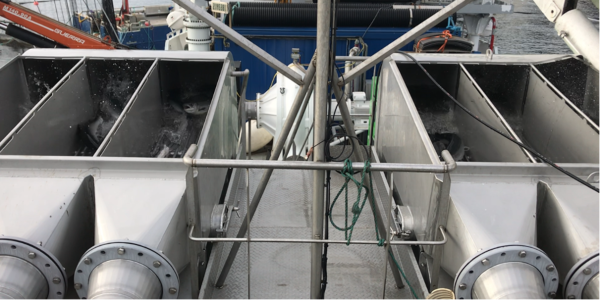
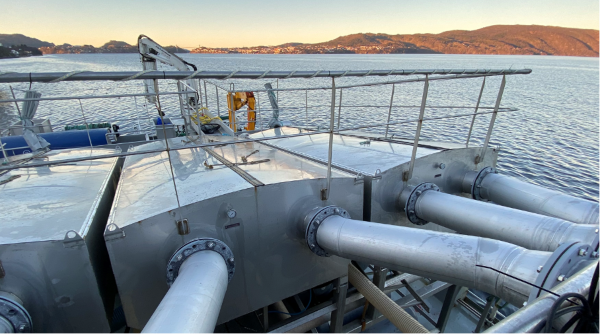
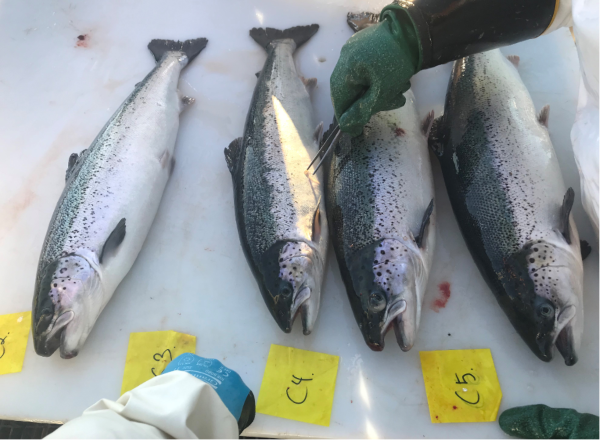
Once the fish has travelled through the treatment unit, taking less than 10 seconds, the fish is returned to the cage via hoses. All the water used as part of the treatment-process is separated and goes through a double-filtering system to ensure 100% of the lice removed from the treated fish is captured before the water is returned into the ocean. Further, the fish mortality rate using the system is industry low.
DeBug solution
The DeBug solution builds on the existing Skamik 1.5 system; however, it includes an additional pre-treatment unit to maximise the balance between fish welfare and effective delousing.
DeBug is built on three key principles:
- Unparalleled efficiency/removal results.
- Operational flexibility.
- Exceptionally low stress and mortality rates for the fish.
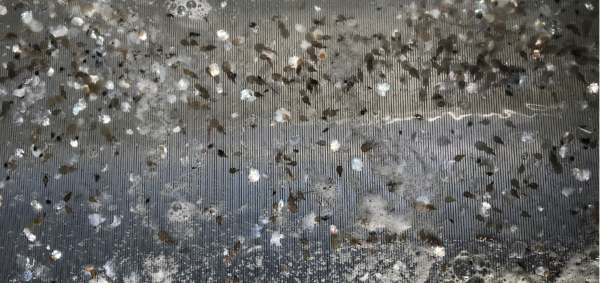
The pre-treatment system has already undergone extensive testing at a Norwegian resource centre, documenting unprecedented results.
In 2021, the system will be tested at full-scale, ultimately to be offered as a commercial service to the market by early 2022.
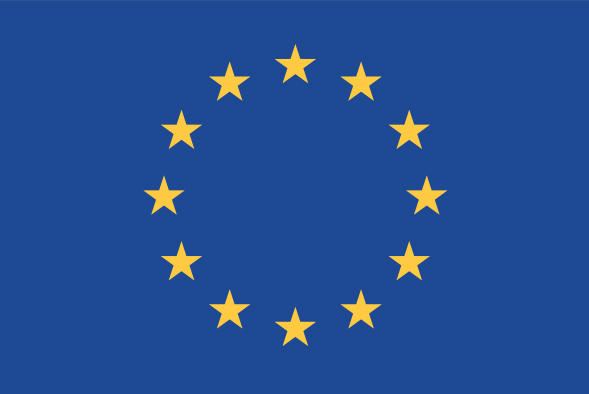
DeBug has received funding from the European Union’s HORIZON 2020 Research programme under the Grant Agreement no. 880470.
*Please note: This is a commercial profile

